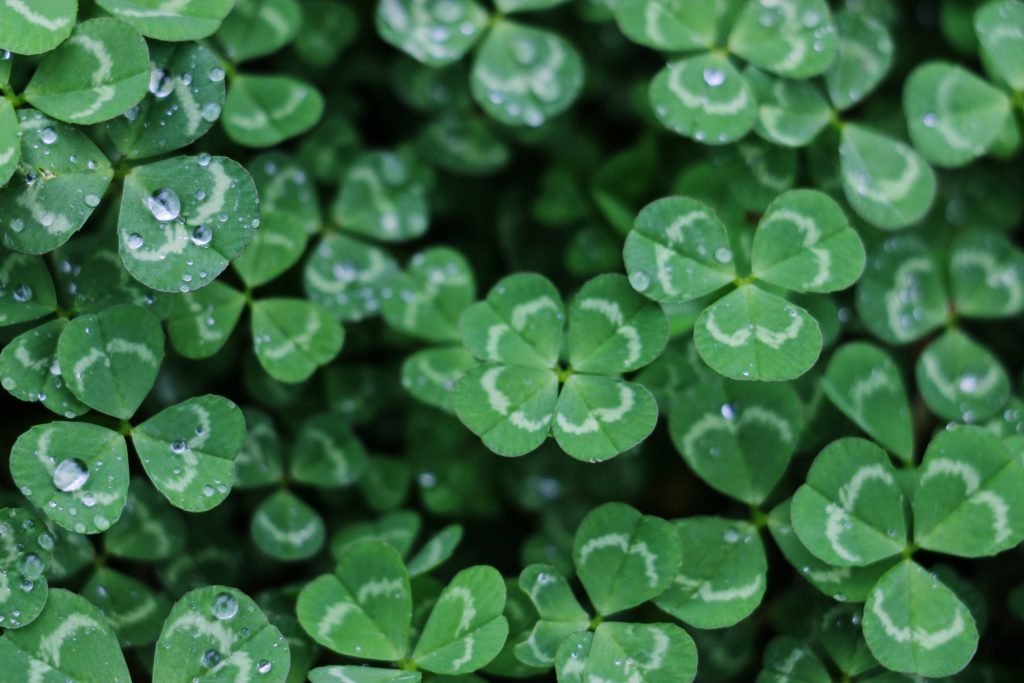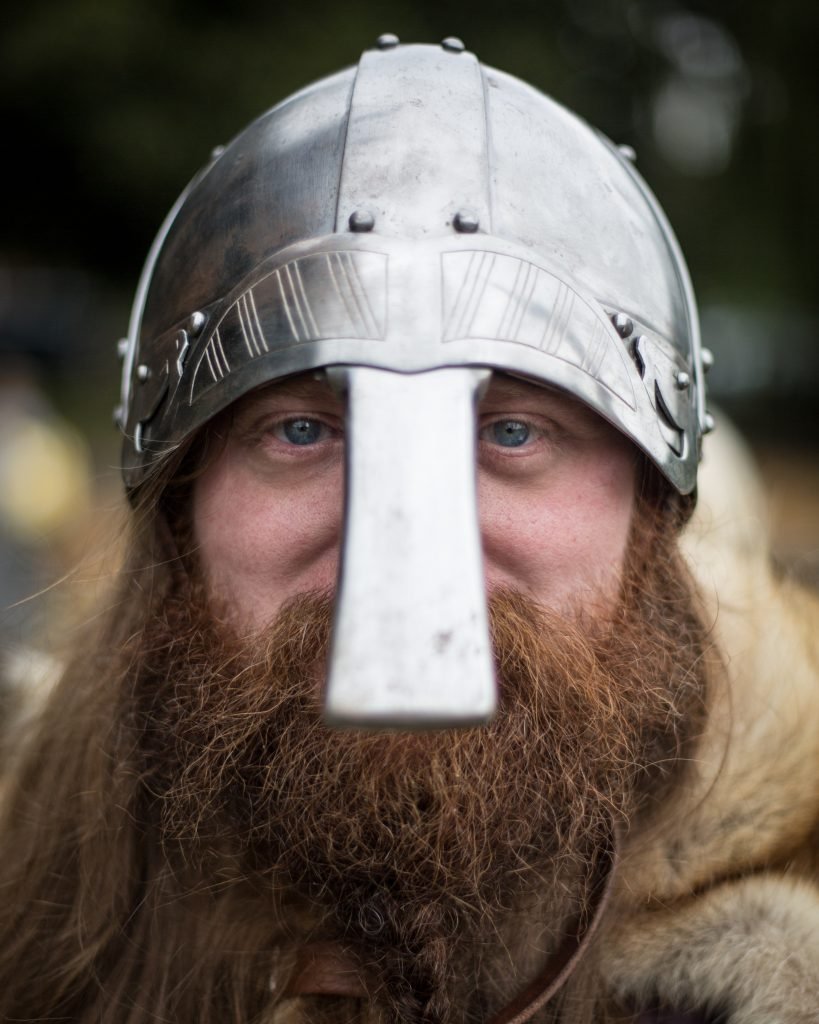1. Ancient Celts – An Introduction
 Reading Time: 5 minutes
Reading Time: 5 minutes
The history of that of the Celtic warrior spans thousands of years, more precisely the earliest accounts of Celtic warriors can be traced back to 1000 BC, without a doubt an incredibly long warrior and military tradition. To put into perspective, the Roman soldier as it is represented in literature covering that subject only has a history that spans little less than 1000 years, and the iconic European medieval knight has a tradition of around 500 years, respectively. Despite the historical isolation of the Celtic warrior, in particular those native to Ireland and Scotland, the fact that the traits that make the Celtic warrior unique were able to be preserved for so long is without a doubt, absolutely fascinating.
To clarify what is meant by this, there are two historical accounts of the stereotypical Celtic warrior, one can be described as “fighting with an unmatched fury, being able to knock down walls with their enormous broadswords”, another being “They would scare their opposing forces, as they would literally sing running into battle, they would slam and thump onto their shields with their weapons as they would let out yells and yelps as they jumped into the air, as a sort of insane, provocative taunt. Although if one would survive their first wave of destruction, then they will quickly tire out and become demoralized.”
In both of these descriptions, Celtic warriors are described as fearless in close quarters and hand to hand combat, but the most fascinating fact is that both of these accounts are separated 2,000 years apart in terms of recorded history. While the former is used to describe the scene at the Battle of Quebec in 1775 exhibited by the Royal Highland Emigrants Regiment of the British Army in Canada fighting against the American
Continental Army, the latter describes the Gauls fighting against the Romans in the Galatian War, in 189 BC in what is present day Turkey.
Although most warriors, regardless of ethnicity, are known for their ferociousness and courage in battle, what makes the Celtic warrior stand out in this regard was the extra mile they went to solidify their reputation, both as warriors and as mercenaries, a reputation that would endure the test of time, spanning hundreds of years and across thousands of kilometers of land and many different civilizations. Because of this, they were a highly sought after warrior. While many different ethnicities’ warriors fought in a way that made them stand out, the barbarism and insanity of the Celtic warrior’s ways is what distinguished them from many civilizations’ units of the time, which followed some sort of order instead of the Celts’ disorder and sheer psychopathic rage.
In some of the earliest accounts of the Celts, there are stories about how they fought completely naked on the battlefield except for a sort of chain or belt tied around their waists on which their sword was secured. Their brutality and war crimes against both captured civilians and soldiers alike was aptly documented, describing the horror and eeriness of their ways, as well as their knack for beheadings and the use of their enemy’s heads as a trophy collection. Due to this, one should not be surprised regarding the fact that this fanaticism also led to many Celtic warriors committing suicide when cornered, rather than being captured and surrendering.
There is Celtic literature that appears later on in history giving additional detail as to the veracity of these claims of the insanity and fury of the Celtic warrior, such as in that of the Tain, in which we see men become monsters: Cuchulainn, the protagonist, is described as such at the start of a battle – “His muscles could visibly be seen to be twitching throughout his body. It took out the humanity from him, as if he was possessed, he transformed into a monstrous creature instead of a man. It seemed as if he was shaking like a tree during a violent storm, and his organs could be seen twisting and turning underneath his skin. His calf muscles were outlined through through the skin of his shins, and you could see his skin pulsating as balls of muscle travelled up and down his body. His head became swollen, his veins popping out. All of a sudden, his eye went back into his head, getting lost in the depths of his skull. His cheek skin all of a sudden peeled itself, visibly showing the interior and the bones that formed his mouth and jaw. His teeth grinded together, his jaws clashing with one another, as foam gushed down from his throat up through his mouth. His red hair twisted into itself like a demented medusa’s head.”
Alas, the poet’s description aims to capture the monstrosity and demonic powers that consume a man in the midst of battle, that would typically otherwise remain unobserved. When the battle concludes, he transforms back into this beautiful man that he was before, and with his good looks he charmed them into thinking that he is once again a good, peaceful human being and no longer a monster. The Greeks and Romans alike, having more studied methods of fighting around the same time they clashed with Celtic tribes, desired to seize and incorporate this furious spirit into their own ranks. It was also this spirit that the Duke Wellington, hundreds of years later on into history, expected from his Scottish and Irish infantrymen, when they fired their muskets a single time and then proceeded to charge into battle with only their bayonets at the end of their muskets, what would typically be considered a good old fashioned Celtic style charge.
The Celts as a people were enormously proud of their combat abilities. The pride manifested itself not solely just in how they decorated their weapons and armor when smithing them, but it also showed in the fact that they had some of the biggest, as well as the smallest items and equipment in their arsenal, in the world. They boasted great cavalrymen, an ability naturally inherited from their ancestors that initially came from the Eurasian steppe, and passed down through generations and aided them in their conquering of northern and western Europe.
On the British Isles, in the rolling hills of southern England where Celtic warlords ruled the lands, out of chalk stone they carved humongous statues of white horses to let the aboriginal inhabitants of the land that preceded their arrival, who now was the incumbent ruler of the lands in which they resided in, a stern, symbolic warning for any would be usurpers or challengers to established rule, indeed. Thus when the time came to finance their expensive conquests, the Celts developed coins that embroidered the classic symbols of their might: There was pictures of chariots, horses and the Celtic warrior, with the muscular legs outlined and the cloak flying behind them.